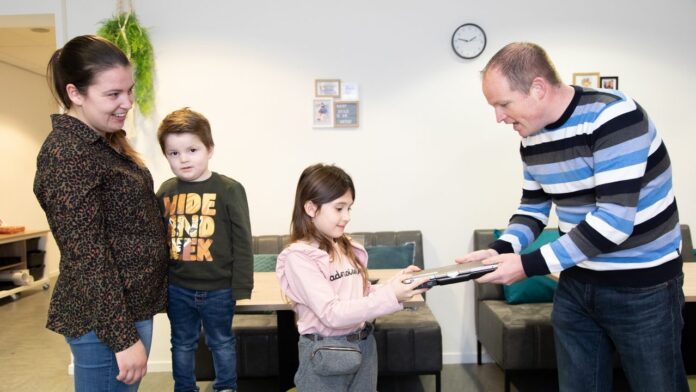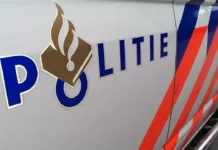At the end of 2020, a letter from the Municipal Executive Board on combating child poverty in the city was published. The Board was not satisfied with the way child poverty was dealt with in Eindhoven.
Hundreds of thousands of euros were left unspent and too many children were not reached.
In total there are about 5,600 children in Eindhoven who live in poverty, according to the municipality. How many there are reached by Stichting Leergeld (tuition fee foundation) and Jeugdfondsen Sport en Cultuur (sports and culture youth foundations) is not clear. What is clear is that it has to be done differently, as the board concluded earlier. But how? A year later, there is still no clear answer to that question.
Initially, the idea was that the Jeugdfondsen Sport en Cultuur, would work more closely with Stichting Leergeld. That was possible through a joint grant application or even a merger. Ultimately, neither happened.
The desire to merge came from the Jeugdfondsen Sport en Cultuur. Something of which Stichting Leergeld was not in favour. “Initially, we only worked together with the Jeugdfonds, until they expressed the desire to merge. The municipality was very happy with this, but we were not keen on it”, Hanny Jacobs, chairperson of Stichting Leergeld, says.
Home visit
“It went wrong because they wanted us to change our working methods”, Jacobs says. “They did not like the fact that we continued to make home visits. But that method of working is our basis on which we can help a family in its entirety. We don’t see it as just a sports request because someone wants to play football. We also look at what else we can do for them at the same time. For example: Is there another child who wants to play sports? Does he or she need a bicycle? We are looking at what people need to be able to participate in society”, Jacobs says. “That is our strong point”.
Régine Quarles, interim chairwoman of Jeugdfonds Sport en Cultuur Eindhoven, does not want to comment on why the merger between the institutions failed. “The previous board was involved in that, I can’t say anything about that myself”.
Volunteer network
Quarles does want to say something about how she views the fight against poverty in Eindhoven. “We are in the process of building up and activating a network of intermediaries in Eindhoven. These are people who already work in social organisations and who register with us as intermediaries. They do so on a voluntary basis. Our starting point is that children who could use extra help are spotted by these people”. These organisations include the Voedselbank (food bank), WijEindhoven (municipal care and support), but also schools and neighbourhood sports coaches”.
Establishing a volunteer network for combating child poverty is a nice idea. The question is whether fighting poverty on the basis of voluntary work does not involve too much non-committalism. “A good point”, Quarles says. “But do not mistake the power of intrinsically motivated people. Our intermediaries are all people who work in the social domain and who are very happy to take on this task”.
Top down
Yet there are examples where the fight against poverty is being directed more from the top down. “In Haarlem there is a project where a teacher at a school has to spend a number of hours a week making applications for the Jeugdfons Sport en Cultuur. That is perfect, but you don’t get this organised just like that”.
“So we also had talks with Lumens and WijEindhoven to try to make the cooperation less non-committal. The problem is when you appoint someone for that task, the intrinsic motivation becomes less”, Quarles says.
Quantity
Jacobs believes that the approach of the Jeugdfondsen is based too much on quantity rather than quality. “Hans-Martin Don (who mediated between the institutions after the failed merger, ed.) also concluded that we have the network and the experience. So let Stichting Leergeld do it, but the Alderman ignored that”, Jacobs says. Why that advice was not followed, the chairman doesn’t know.
‘It’s not for us’
Eventually the wish arose to make a joint subsidy application, but that too came to nothing. “We have been doing this work for 23 years”, Jacobs says. “We organise all the activities, both in the field of sports and culture, and in the field of welfare and education. Why should we go back to the format where we have to send all the invoices to the Jeugdfondsen? That is not for us, just give us the subsidy and everything will be arranged”, Jacobs says.
The Municipality of Eindhoven says it sees a future in a combination of home visits and referrals from the volunteer network. That is why the city council is disappointed that the institutions have not merged or come to an agreement on cooperation. It is clear, however, that the fight against child poverty must be improved, according the municipality. More will be known about the plan of approach in mid-December. Then it will be known whether the subsidy requests of the institutions will be accepted.
Source: Studio040
Translated by: Bob
















